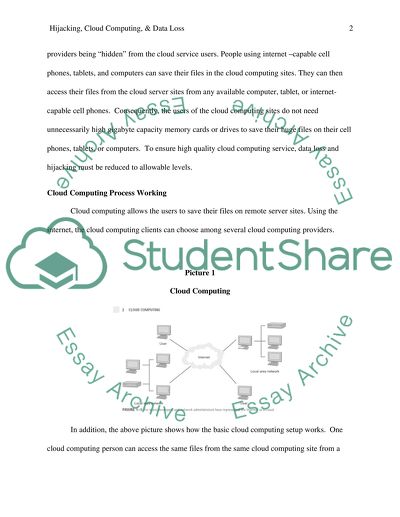Cite this document
(“Cloud security, DATA LOSS and HIJACKING Literature review”, n.d.)
Retrieved from https://studentshare.org/information-technology/1674137-cloud-security-data-loss-and-hijacking
Retrieved from https://studentshare.org/information-technology/1674137-cloud-security-data-loss-and-hijacking
(Cloud Security, DATA LOSS and HIJACKING Literature Review)
https://studentshare.org/information-technology/1674137-cloud-security-data-loss-and-hijacking.
https://studentshare.org/information-technology/1674137-cloud-security-data-loss-and-hijacking.
“Cloud Security, DATA LOSS and HIJACKING Literature Review”, n.d. https://studentshare.org/information-technology/1674137-cloud-security-data-loss-and-hijacking.


